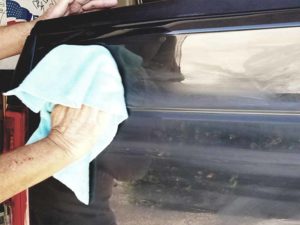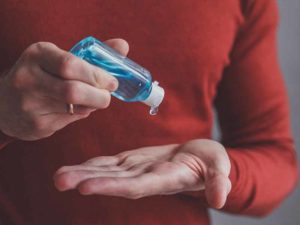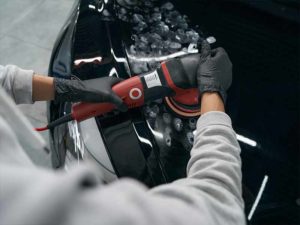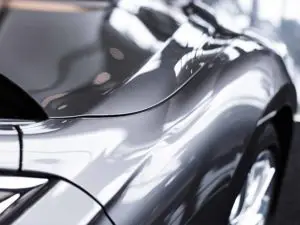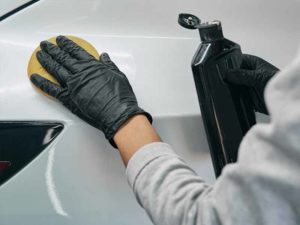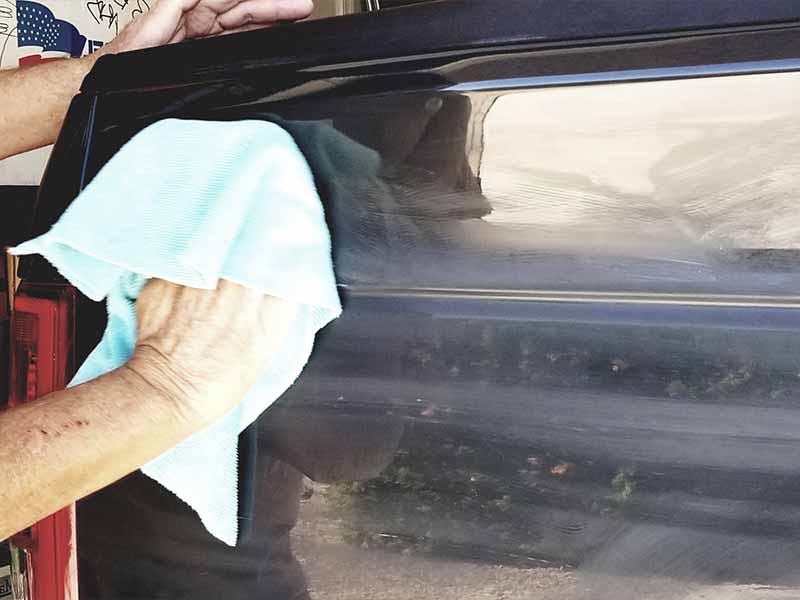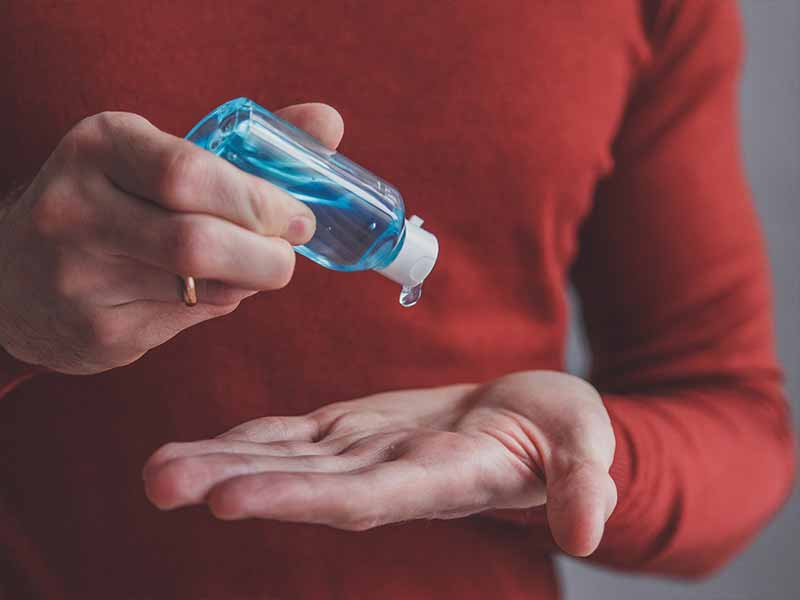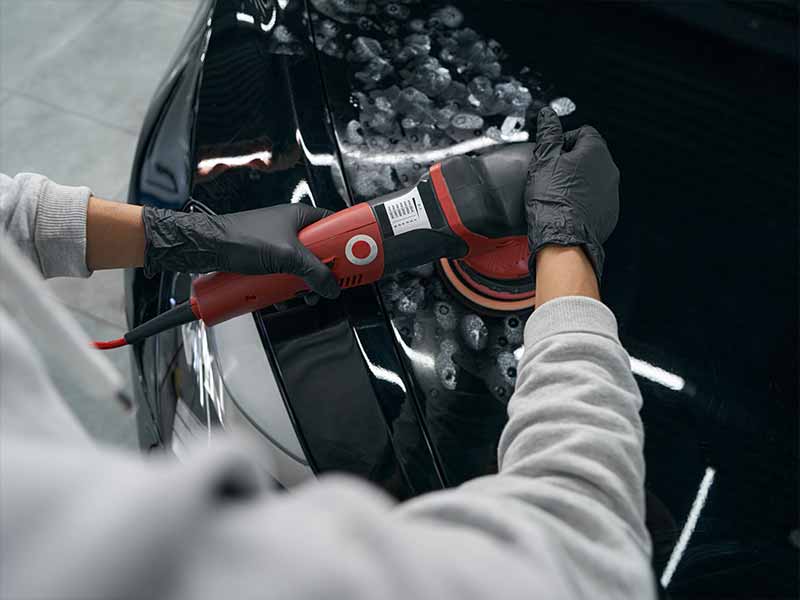Table of Contents
- Wool Buffing Pad Vs Foam
- What Is a Buffing Pad?
- How Buffing Works
- Introducing Wool Buffing Pads
- All About Foam Buffing Pads
- Pros and Cons of Wool Buffing Pads
- Pros and Cons of Foam Buffing Pads
- Which Is Right for You?
- Make Sure You Use the Right Compound Or Polish
- Start with Wool, Finish with Foam
- Helpful Links
- Conclusion
Picking the right material for your buffing pad is a surefire way to get the best results. Of the options on the market, foam and wool buffing pads are among the most popular. Want to know which is right for you? You came to the right place.
In this guide, we’ll describe both of these pads and provide a list of pros and cons for either option. We’ll also explain which option is best for you, depending on what you’re looking for.
Wool Buffing Pad Vs Foam
Wool pads are more expensive but easier to use than foam pads. Foam pads are inexpensive, but don’t last as long and have more heat buildup problems.
Despite this, foam pads are far more popular, mainly because they are less expensive and can be replaced instead of taking the time to care for them like wool pads require.
Also, modern dual action polishers are gentle enough to make working with foam pads very easy.
What Is a Buffing Pad?
Also called a polishing pad, a buffing pad serves a very specific purpose: it helps you buff your car. To be more specific, you would apply a polishing agent to this pad, install it on your orbital or dual-action polishing machine, and start buffing your car with it.
These work a lot better than hand polishing your car. The machine will apply more friction than you can by hand, and it will be more precise with its motion.
In theory, there’s nothing wrong with using a buffing pad when polishing your car by hand (without a polisher). The shape and geometry just aren’t ideal, and it’s a little uncomfortable to handle.
Instead, you should use an applicator sponge for hand polishing. Stick to using these buffing pads just for polishers.
Buffing pads are very good at evenly distributing polishing agents while spinning uniformly and providing a distributed force. They are made in a variety of different styles and forms, but two of the more common options are wool and foam buffing pads. As you might have guessed, each name refers to the material composition of the pad.
How Buffing Works
Buffing works by “cutting” into your car’s topcoat. The topcoat is the protective layer of clear lacquer that prevents rust and weather-related damage to your car’s body and paint.
When polishing your car, you’re physically removing a thin layer of the topcoat and making the surface more uniform. As a result, your car will look shinier and surface-level scratches will disappear.
Cutting is achieved when the pad and polishing agent are abrasive. The more aggressive the option is, the deeper into the topcoat you’ll cut. This idea will come in handy later in this article.
Introducing Wool Buffing Pads
Using actual wool, these pads are the more aggressive option of the two. In the detailing world, some professionals will simply call these “cutting pads” due to their aggressive nature.
They are usually more expensive, but other pads can’t compare to wool ones when it comes to abrasiveness.
All About Foam Buffing Pads
If you want a gentler option, you should reach for a foam pad. You’ll find open-cell and closed-cell variants along with different stiffness levels. The stiffer the pad, the more it will cut into the topcoat.
Buffing pads usually fall somewhere in the middle when it comes to the stiffness of the foam. The cell geometry will determine how well the solution is applied to your car once it’s applied to the pad. Open-cell foam buffing pads tend to leave streaks due to the pockets in the foam.
We’d suggest using a closed-cell foam pad.

Pros and Cons of Wool Buffing Pads
Let’s start by talking about wool buffing pads. These are some of the major pros and cons associated with this style of pad.
Pro: Removes Waxes Better. If you have leftover waxes and grime, a wool pad is the right choice. It will quickly remove these.
Pro: Easier to Use. With a foam pad, polishers are known to bounce around and buck more. With a wool pad, it’s easier to control the machine. In addition, there’s a lesser chance of melting your topcoat, so wool pads are more user-friendly (especially for beginners).
Pro: Cuts Faster and Deeper. If you don’t have any time to waste, you’ll need a wool pad. They work a lot faster than foam pads. In addition, they cut much deeper. That means that deeper scratches and swirls can be removed, even if you tried unsuccessfully with a foam buffing pad first.
Con: Requires More Product. Since the fibers of a wool pad are longer and more absorbent, you’ll need to use more polishing product. A lot of the product will migrate to the base of the fibers or get stuck between fibers.
Con: Cleaning Is More Difficult. The cleaning process is more difficult and time-consuming. In our pad cleaning guide, you’ll notice how many additional steps are included to clean a wool pad as compared to a foam one.
Con: Need to Carefully Avoid Dry Buffing. The buffing agent will dry quicker on a wool pad. When this happens, you’ll start “dry buffing” your car, which can leave swirls and defects on your vehicle. You’ll need to routinely ensure the buffing solution is still wet before you continue polishing.
Pros and Cons of Foam Buffing Pads
This section is all about foam pads. We’ll discuss some of the bigger pros and cons that you might notice while using this pad.
Pro: Less Expensive. Wool pads can get pretty expensive, but foam pads are routinely budget-friendly. In many cases, you can get multiple foam pads for the price of a single wool one.
Pro: More Gentle. Since they’re less abrasive, they’re also more gentle. If you’re new to buffing and you’re afraid of marring your car, you should practice with a foam buffing pad first and stick to a dual-action polisher.
Con: Heats Up Quickly. If you use an orbital polisher and keep your foam pad in one place for too long, you’ll melt your topcoat. This is an irreversible process and is very expensive to fix.
Con: Doesn’t Last as Long. Foam buffing pads are a lot more disposable than wool ones. You’ll notice yourself throwing them out more often as they wear out and lose functionality.
Which Is Right for You?
So, which of these two options should you use? It depends on what you’re looking for.
If you want a simple pad for casual use, foam buffing pads might be the better option. They’re less expensive, gentler, and more disposable than wool ones. Still, they’ll handle most of the projects that an everyday DIY detailer wants to tackle.
For more serious applications, a wool pad is the only option. It has a more aggressive cut which means that it can work out deeper scratches. However, they’re more expensive and take more effort to clean and preserve. They’re also great because they work so fast and don’t overheat like foam ones.
Since the prices for both pads aren’t exceptionally high, we suggest trying both pad styles. As you use them, you’ll better understand which option is better for you. This one-time purchase can change how you detail in the future.
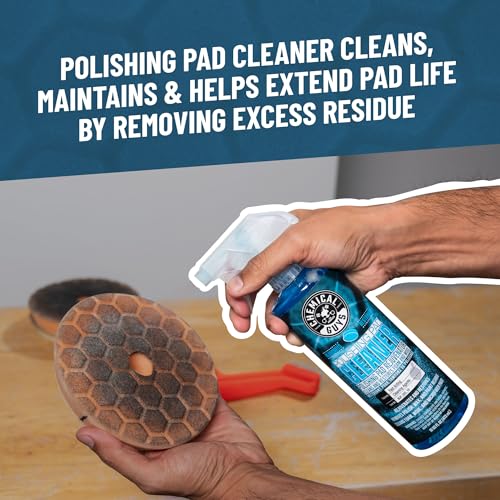
Make Sure You Use the Right Compound Or Polish
We keep bringing up the agents and compounds used in conjunction with these pads. It’s a very important concept.
If you use a cutting agent with a polishing pad, the end result will not be good. You need to make sure you pair up the agent with the pad that you’re using.
Any major manufacturer will have a label on their product that tells you exactly what pad to use. You should follow those instructions, especially if you’re a beginner in the detailing world.
Another option is to buy a bundled package. Manufacturers will include an agent and pad in the same package, removing all the potential for mismatching products.
Start with Wool, Finish with Foam
Many detailers will actually use both pads in the same project. The suggestion is to start with a wool one and finish with a foam one.
Doing this will remove a lot of the downsides associated with both pads. For example, wool pads are known to leave streaks when they’re done, and foam pads can’t buff out deeper scratches.
By using both, you’re getting the best results. The wool pad will cut deeper and remove the stubborn scratches and swirls. Afterward, the foam pad will remove any streaks left from the wool one and give your car a nice polish.
You’ll need to double-check the sizes and mounting configurations of your pads. There’s a chance that they’re not compatible with the same polisher, which would mean that you need two separate polishers for both pads. Instead, we suggest finding similar pads that can be used on the same polisher.

Helpful Links
Conclusion
Now you know more about wool and foam buffing pads. There’s a lot to know if you want to get the most out of your DIY detailing project.
For more information, explore the rest of our site.
We have plenty of user-friendly guides that answer your biggest detailing questions.
